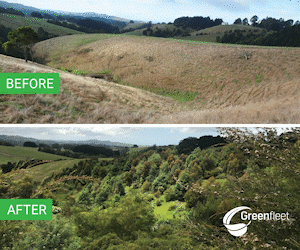As Australian roads begin to get crowded again, so can the vehicles that travel them.
Overloading is an important factor to consider during transit, as it effects the safety of the vehicle and increases liability exposure.
A vehicle which exceeds its capacity can result in added danger and inconvenience on the road, such as:
- A lack of balance in the front-end steering, leading to delayed steering responses, a lack of vehicle control and driver panic.
- Issues surrounding breaking, specifically the distance to achieve a complete stop increases with the weight which also causes added wear and tear on the tyres and breaks, leading to lasting damage to the vehicle.
- Problems regarding the headlights, as weight located in the back can elevate the front of the vehicle making it a hazard on the road for oncoming traffic or vehicles travelling in front.
- Excessive fuel consumption due to the increased amount used during breaking and accelerating, costing more money each journey.
- Improper packing and a lack of balance, raising the centre of gravity of the vehicle which increases the chance of rolling at high speeds, sharp turns, or particularly strong winds.
Failing to appropriately secure your load or overloading a vehicle can result in varying fines. In Victoria, VicRoads has outlined three categories and the severity of fines.
Minor risk breach- An unsecured load that does not involve danger to a person, or the risk of damage to property or the environment.
Substantial risk breach- An unsecured load that poses a danger to people, property, or the environment.
Severe risk breach- An unsecured load that causes harm to people, or damage to property or the environment.
Drivers in Victoria can visit VicRoads to find out more on load penalties and other states please visit their motor transport authority.
Preventing damage to your vehicles, financial loss and possible injury or death, can be achieved through appropriate precautions and guidelines. Overloading, unsecure loads and the issues which follow can be avoided.
AfMA’s Fleet Management Guide (FMG) helps to consider each journey where a vehicle is required to carry a load should be reviewed to ensure that:
- a suitable vehicle is being used for the type and size of load
- the load is correctly positioned on the vehicle
- the vehicle body and attachments are strong enough for the type of load carried and are in good working condition
- more items can be found in the FMG
Due to the increased weight and distribution, vehicles carrying loads will drive differently and drivers must be aware and have the capacity to understand the changes in stability, steering, breaking and size. A driver should have the ability to compensate and adapt to these changes and under no circumstances should the vehicle be driven if the driver feels it is unsafe to do so.
Check out the National Transport Commission & Roads & Traffic Authority NSW Load Restraint Guide for more information.



















